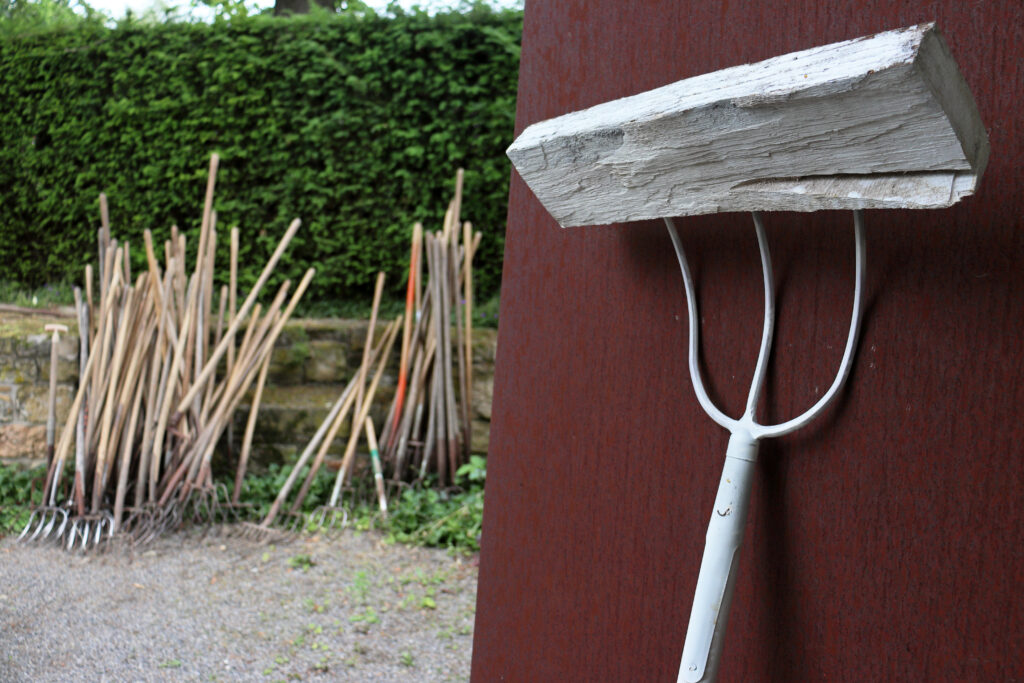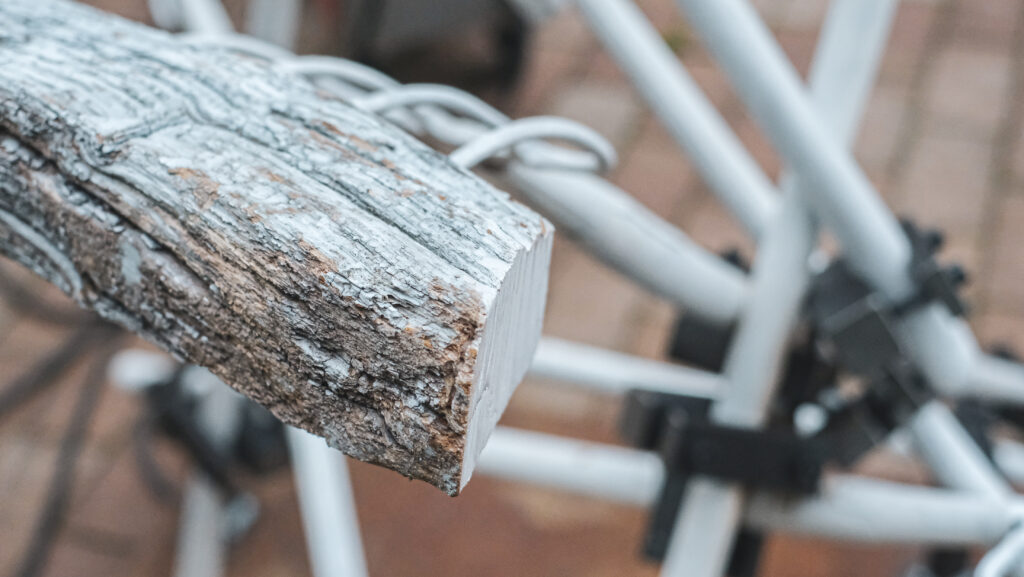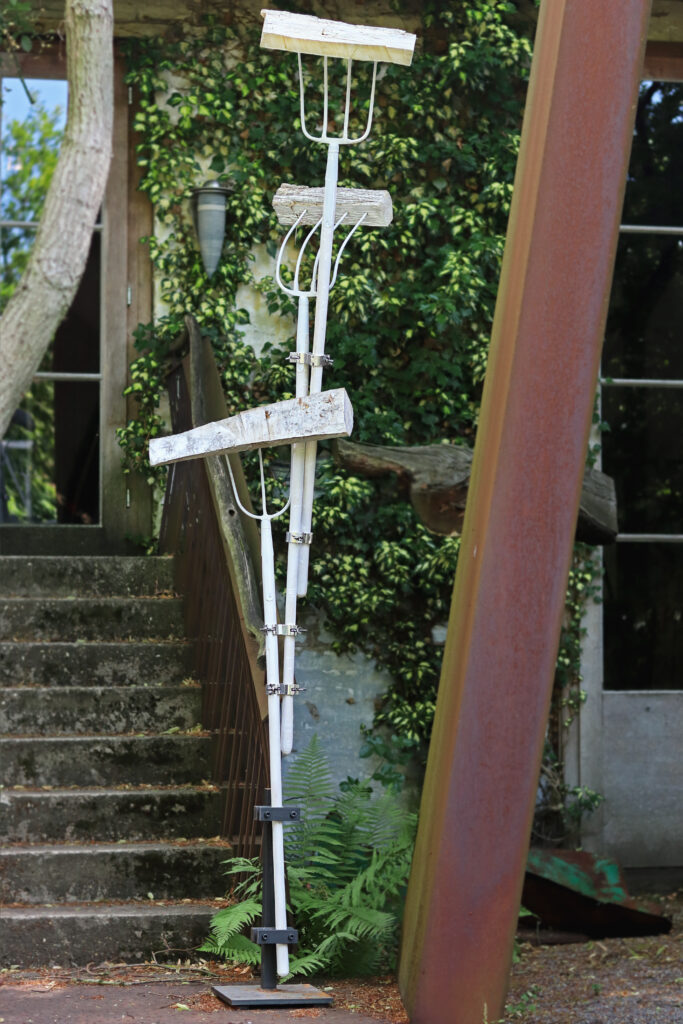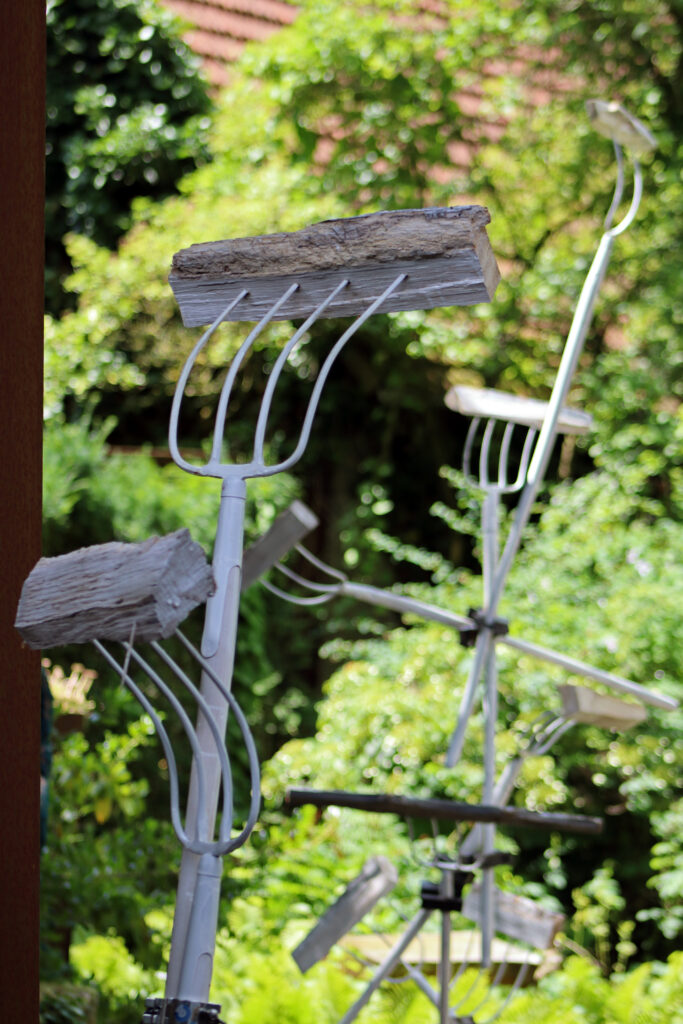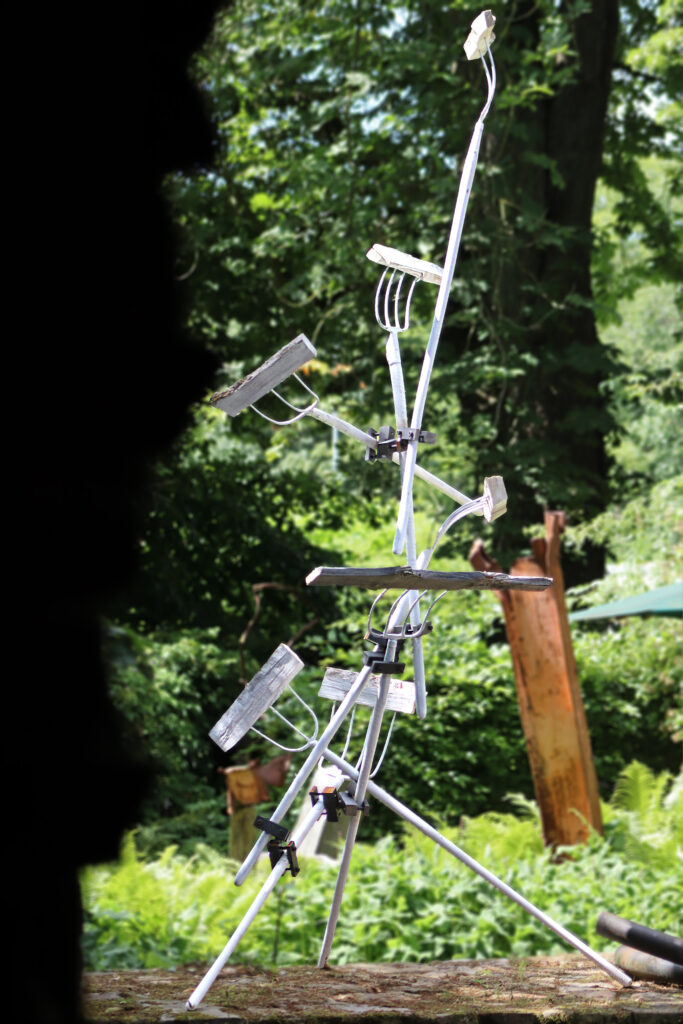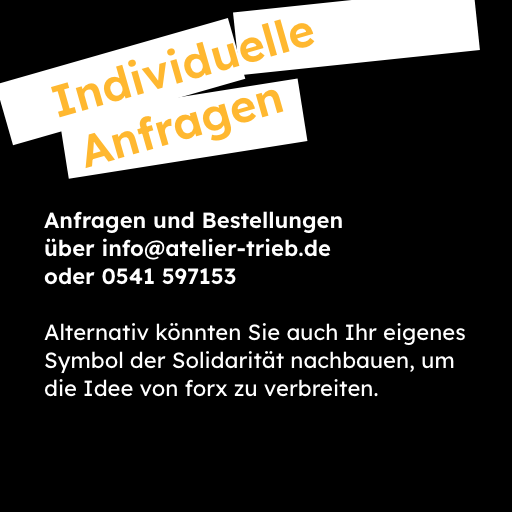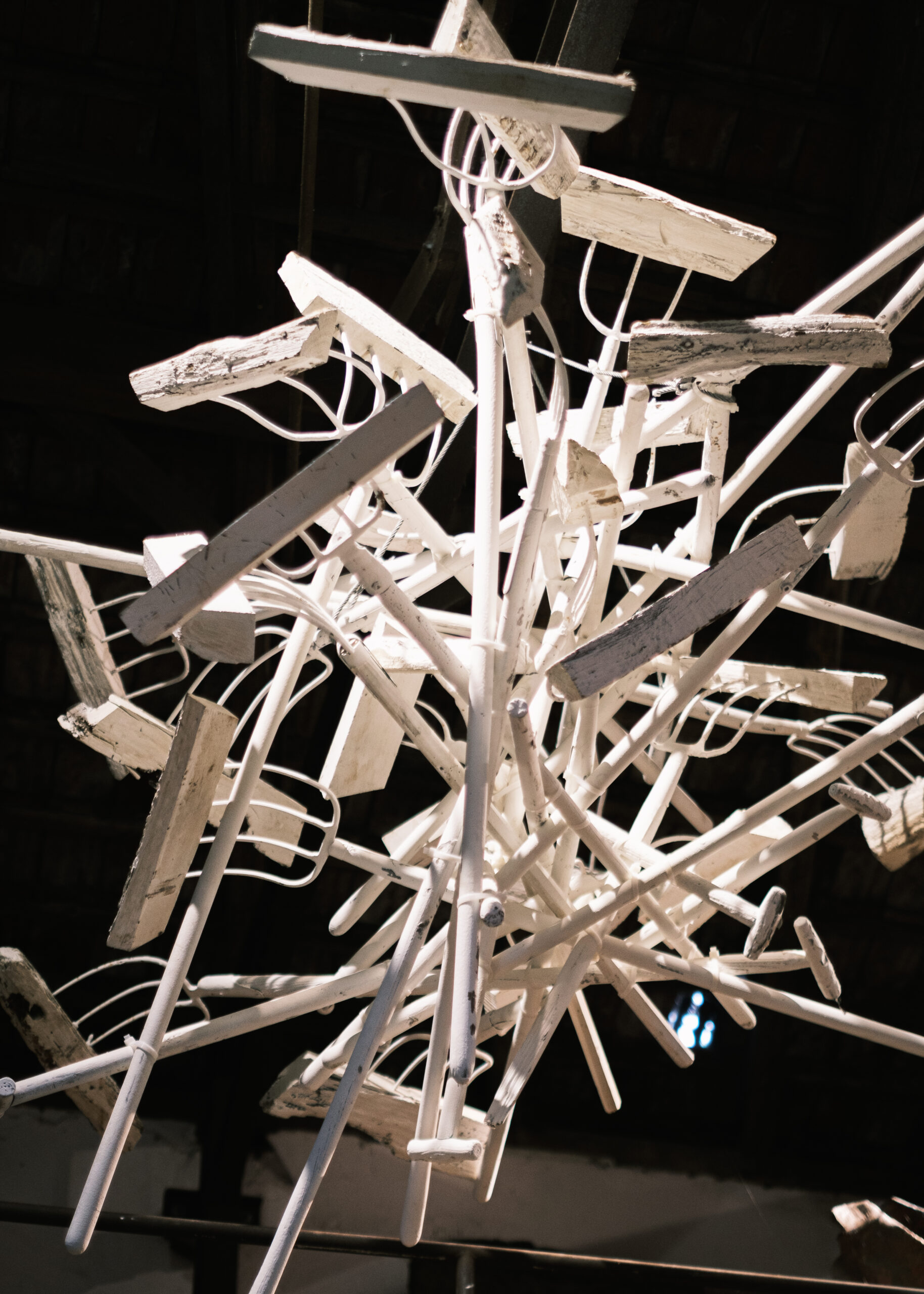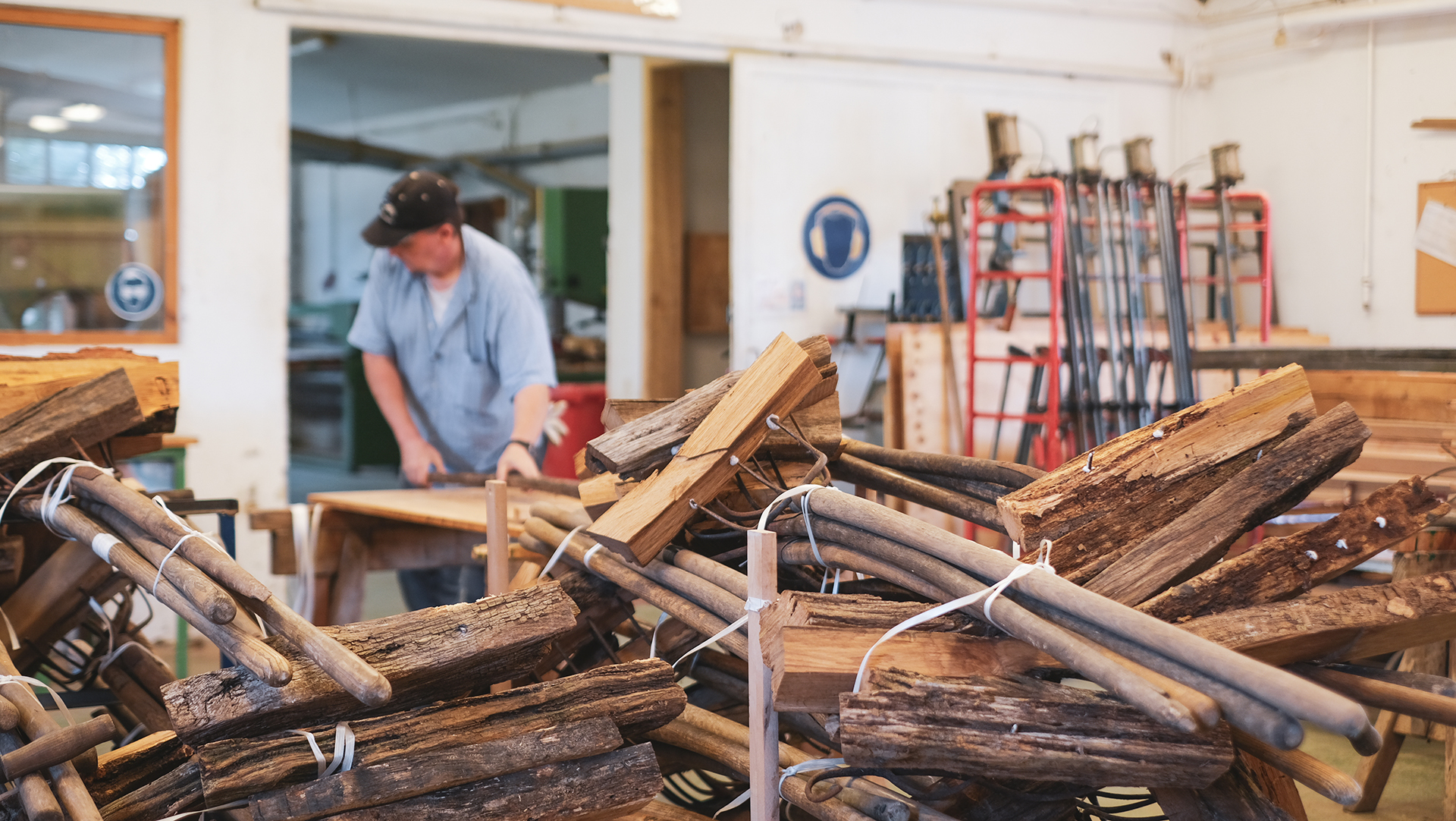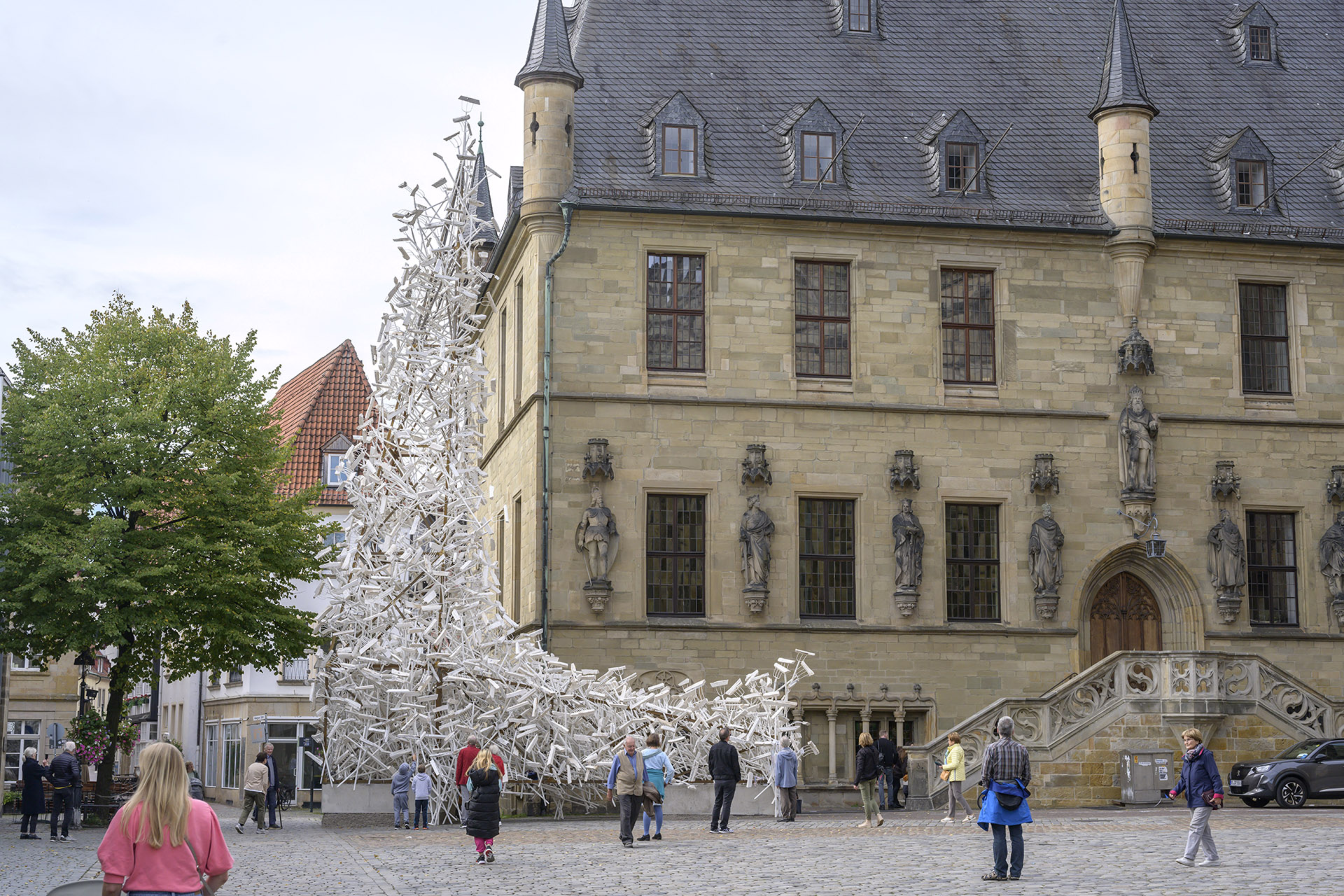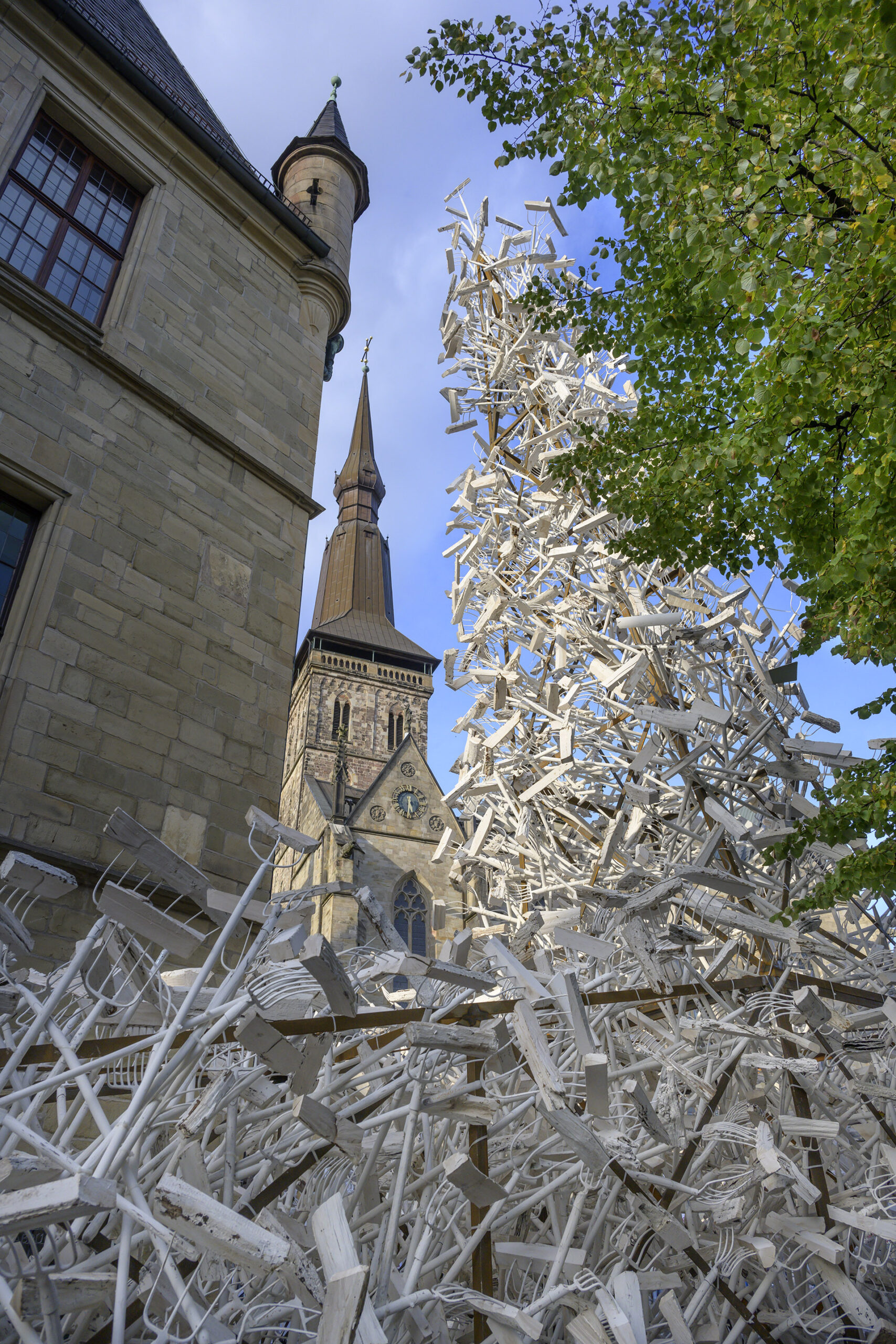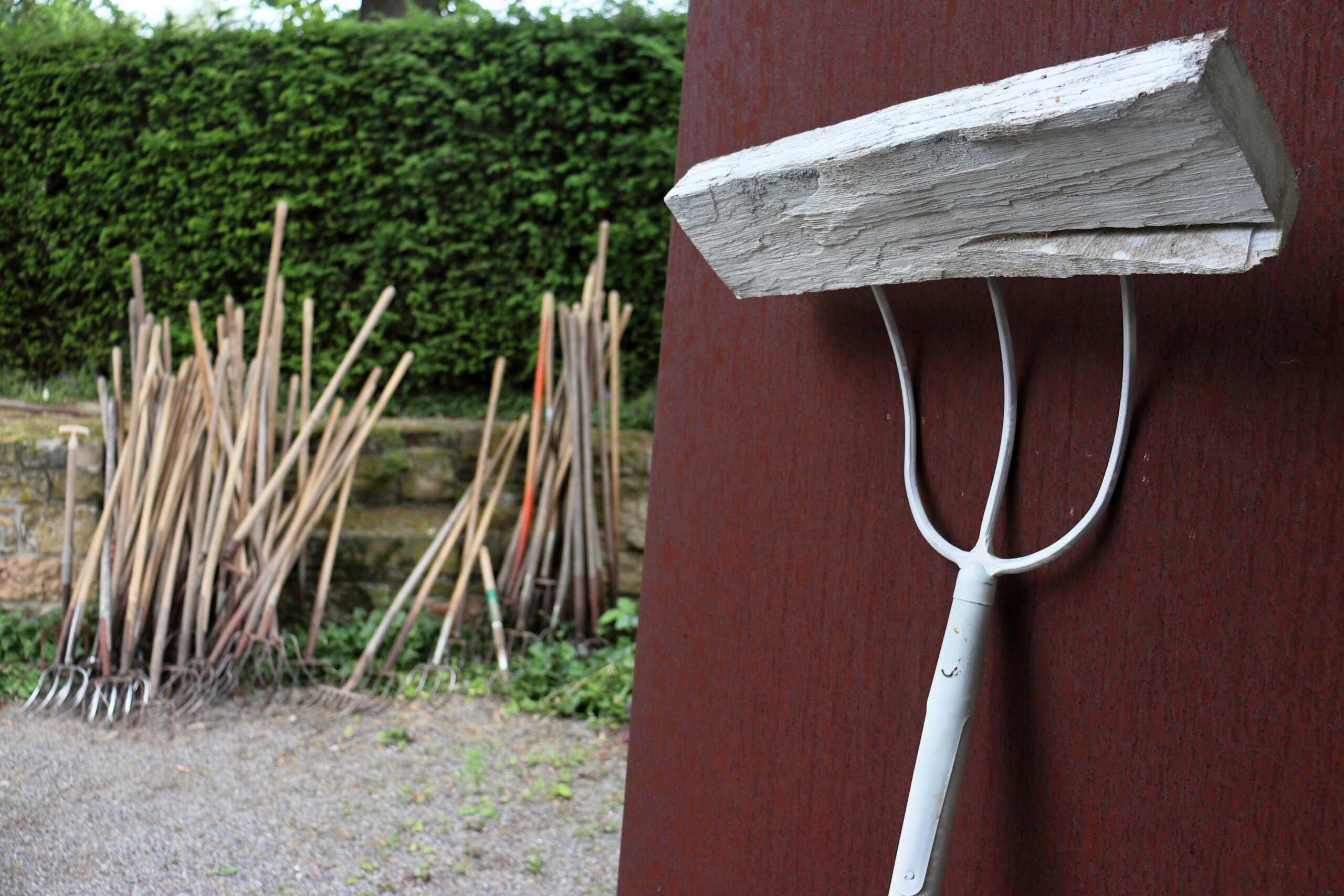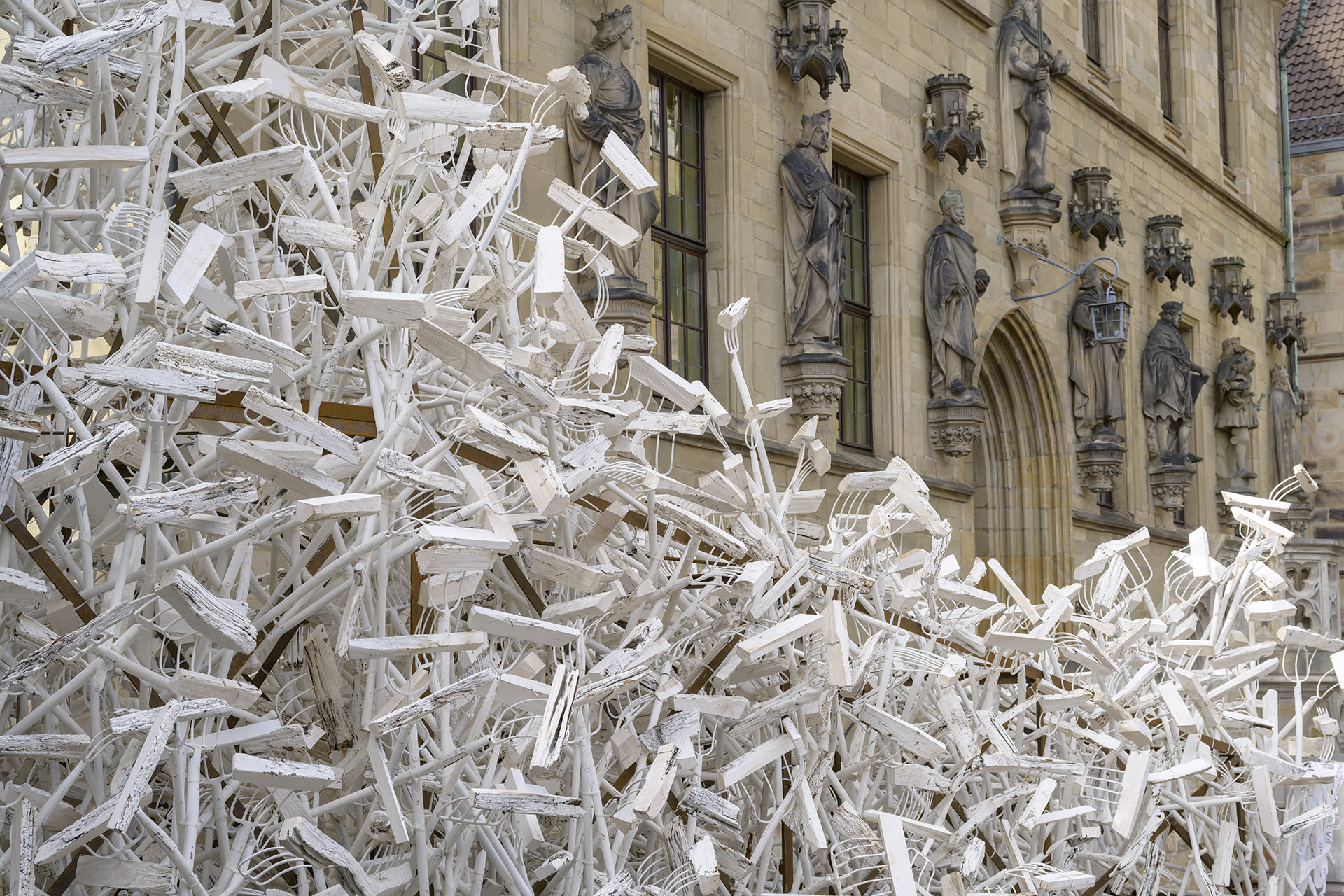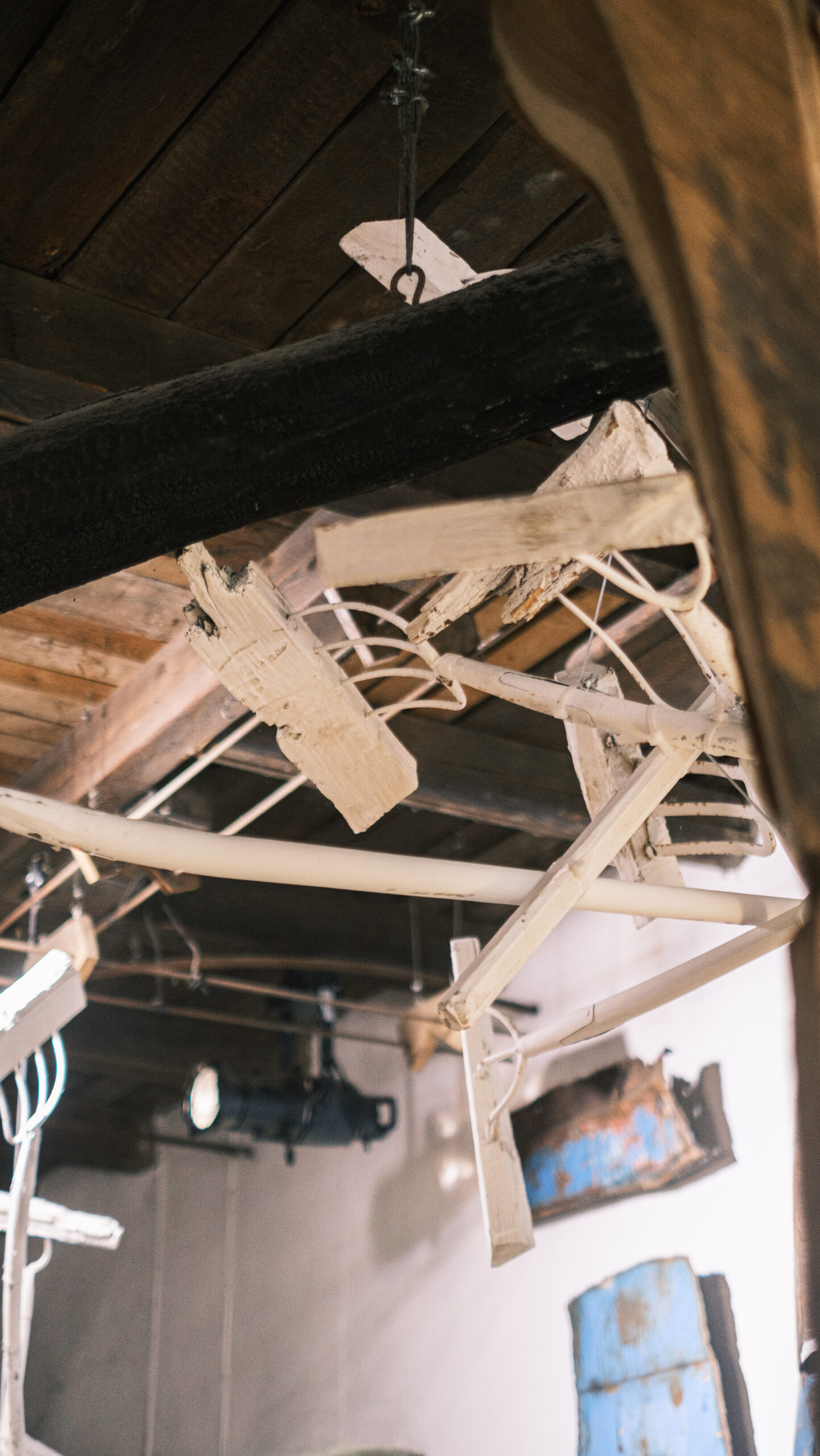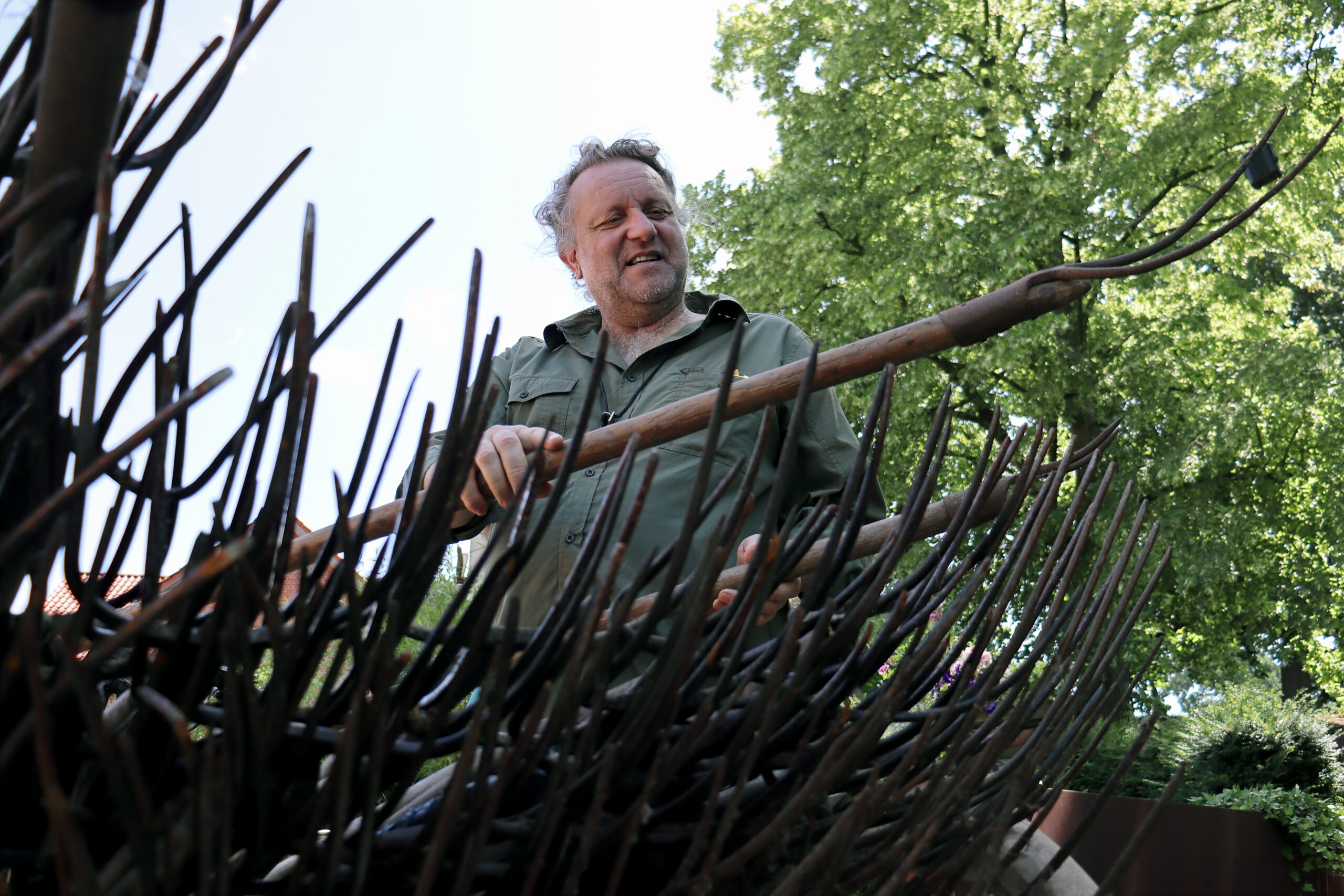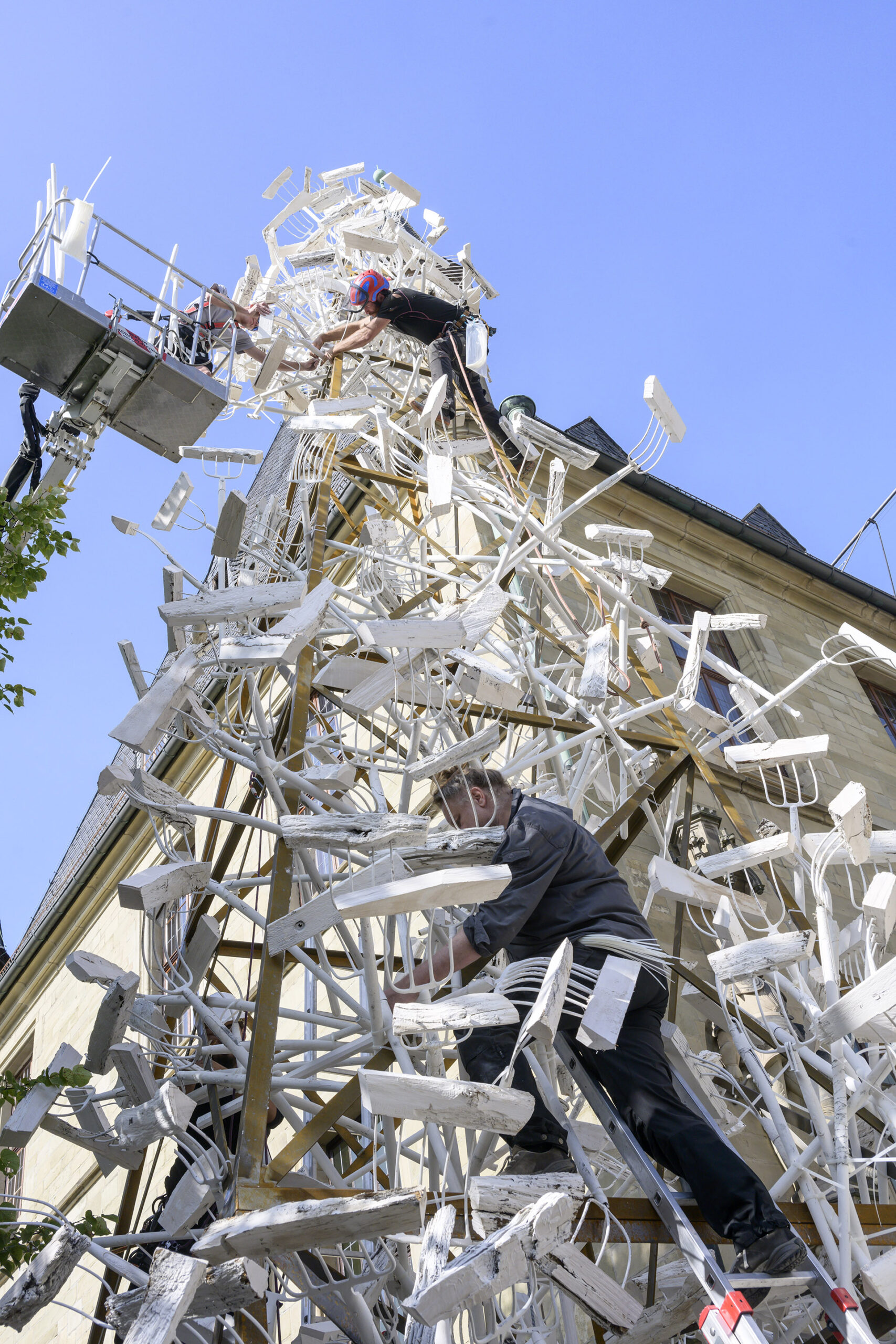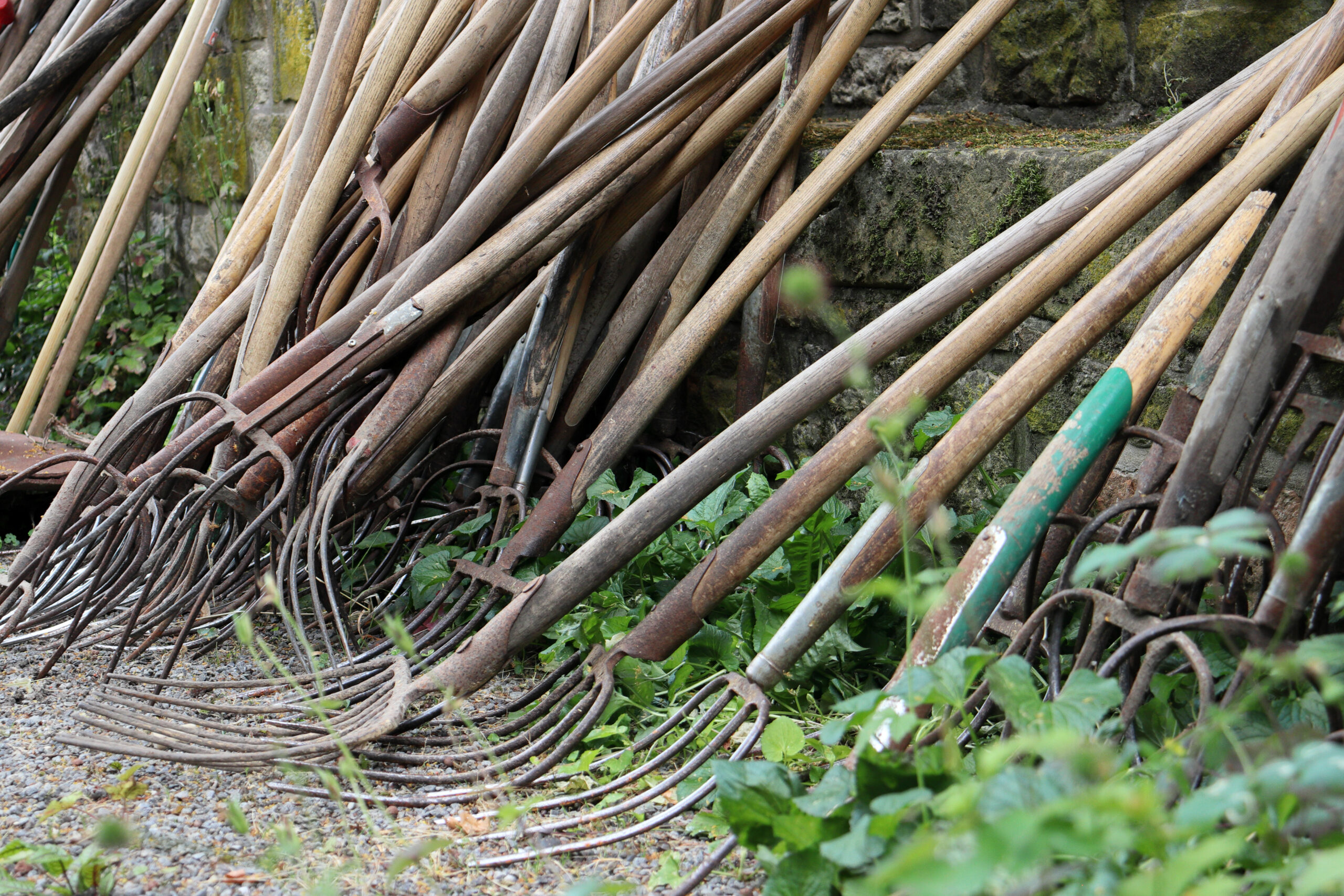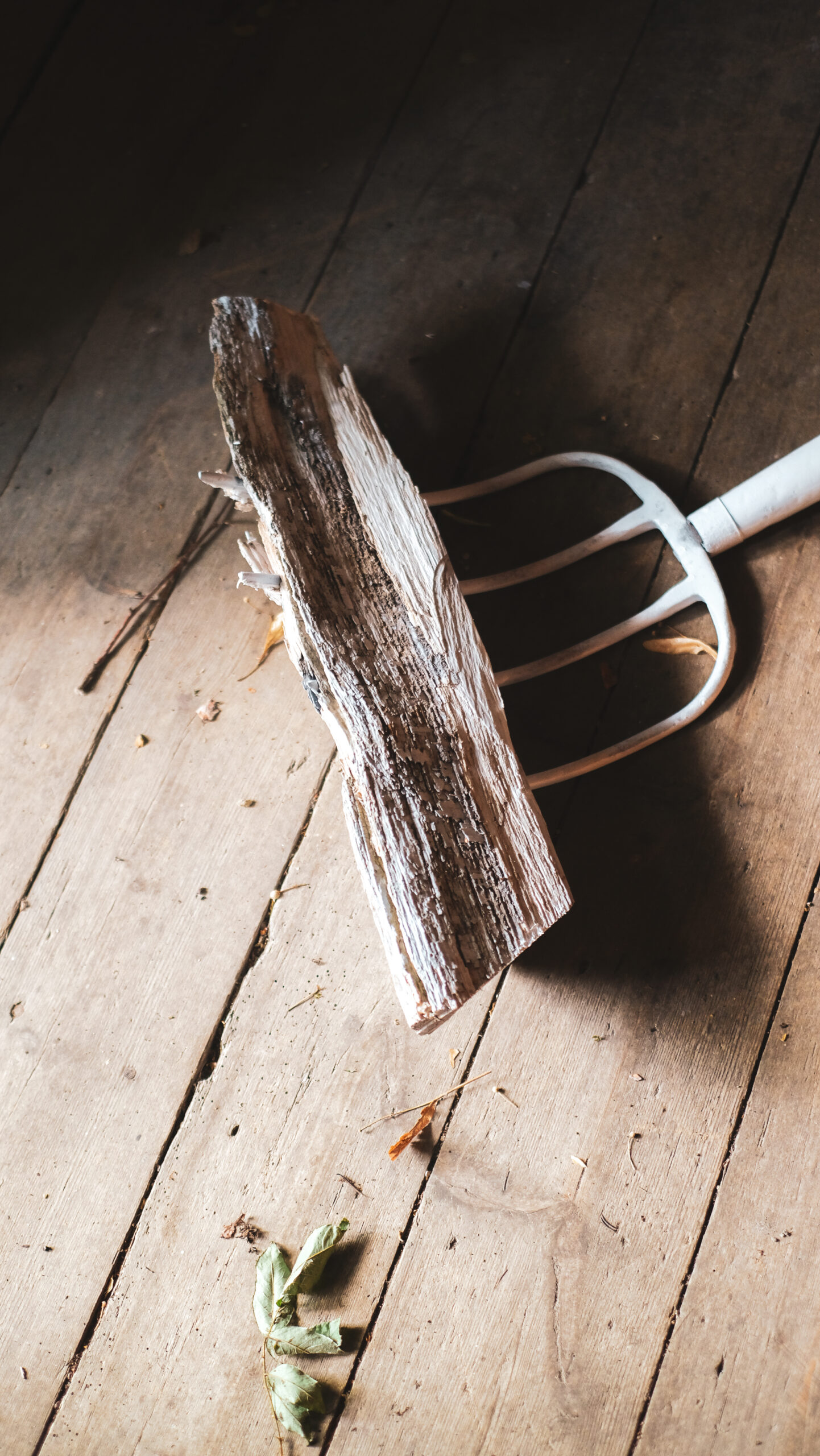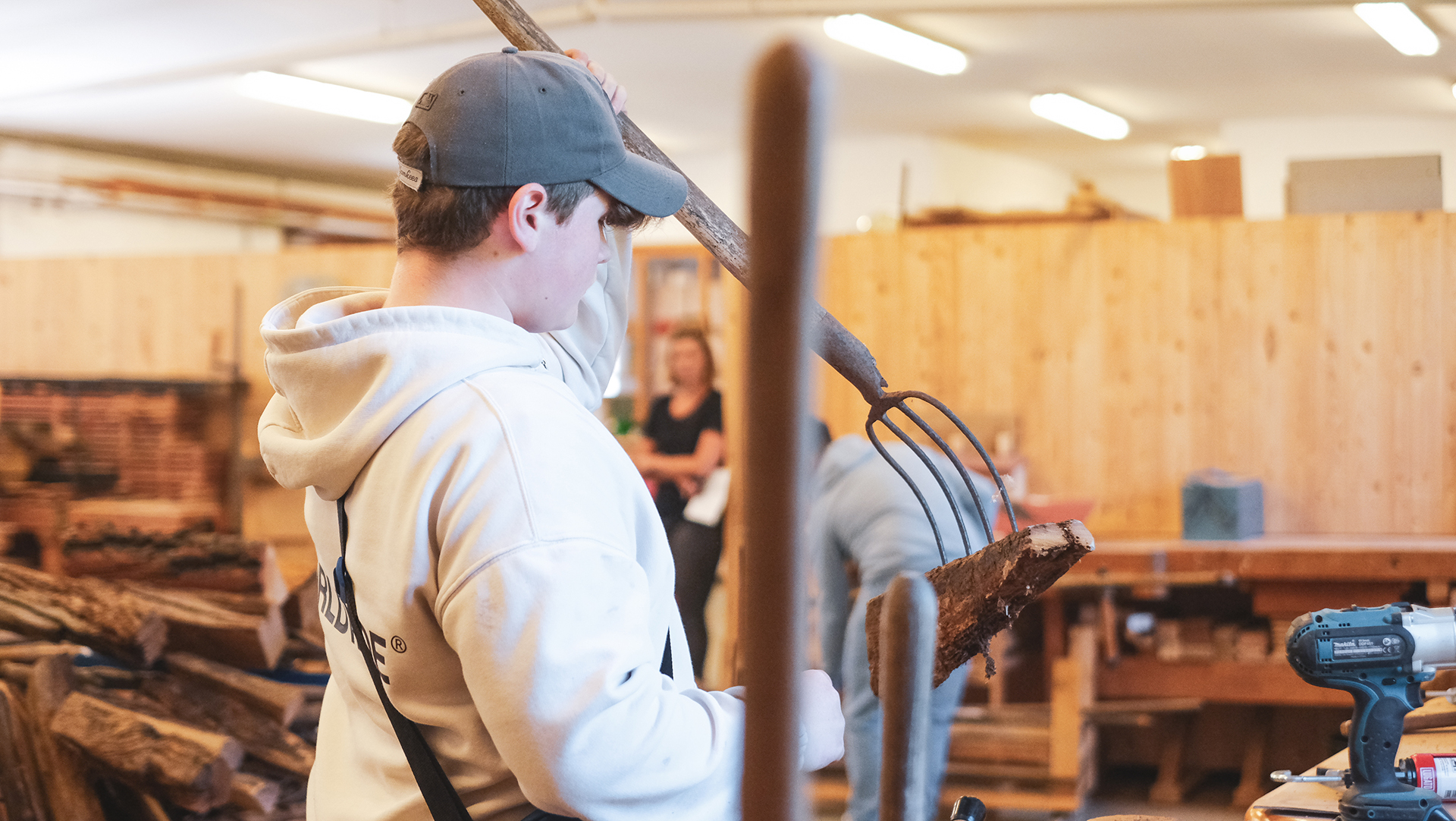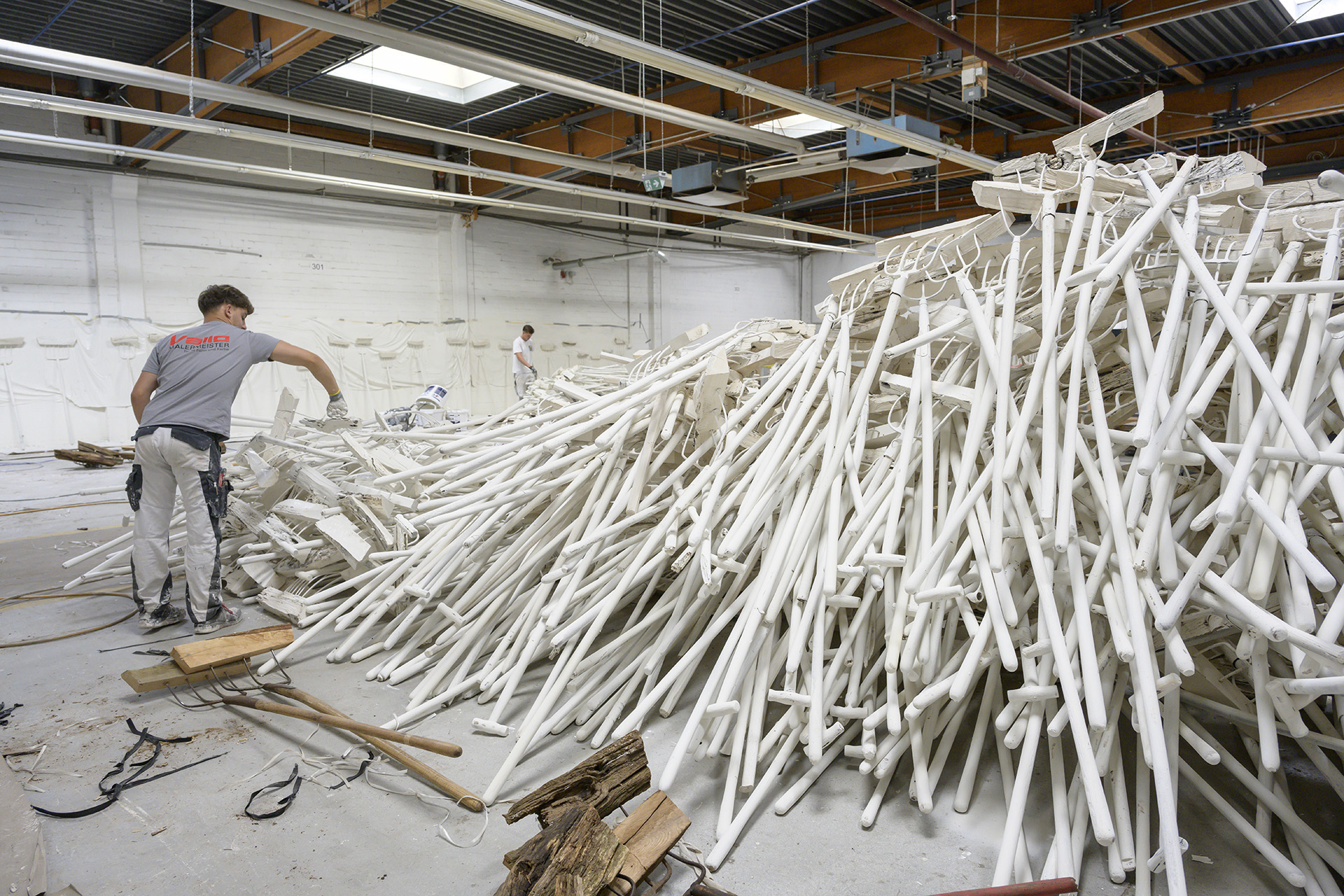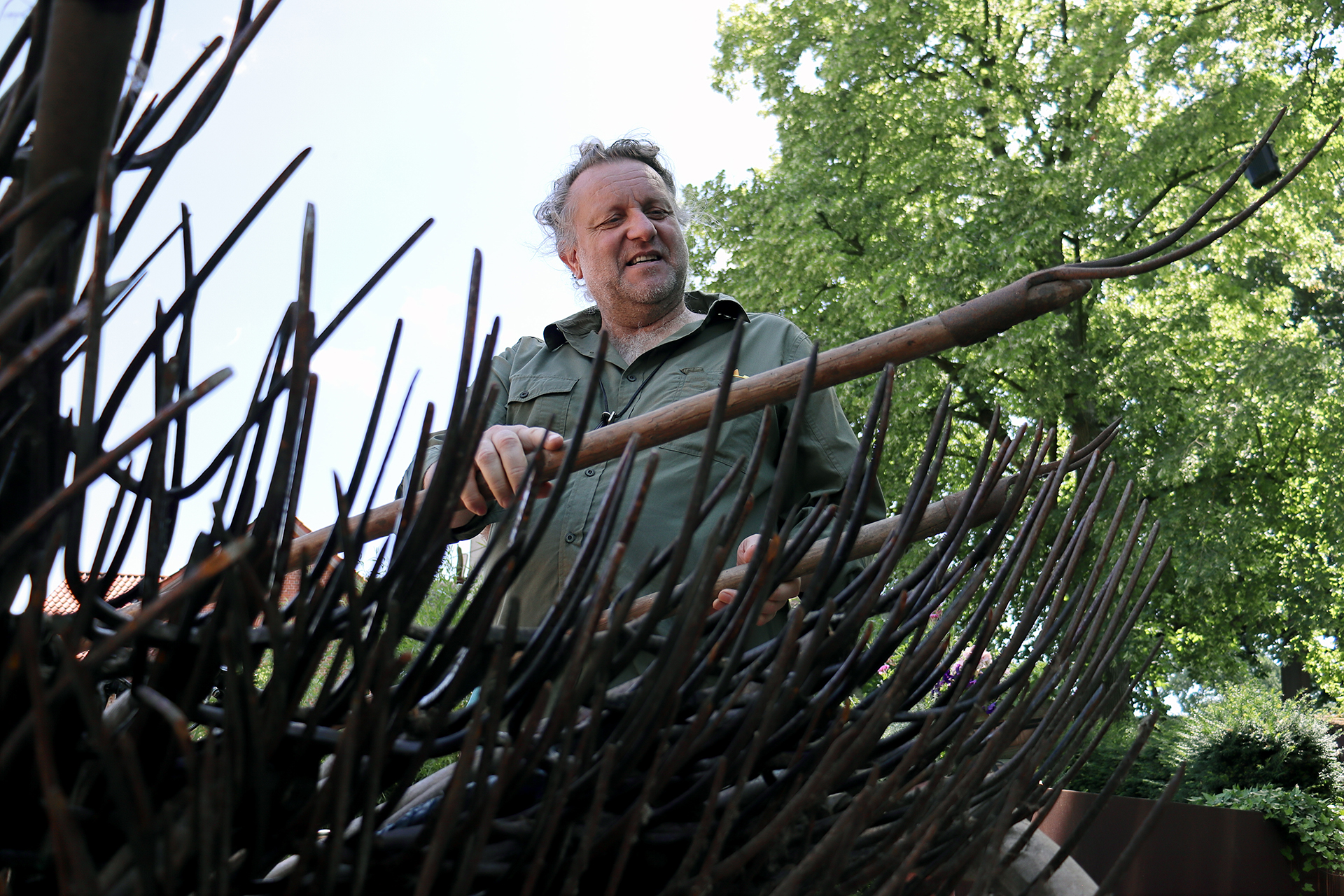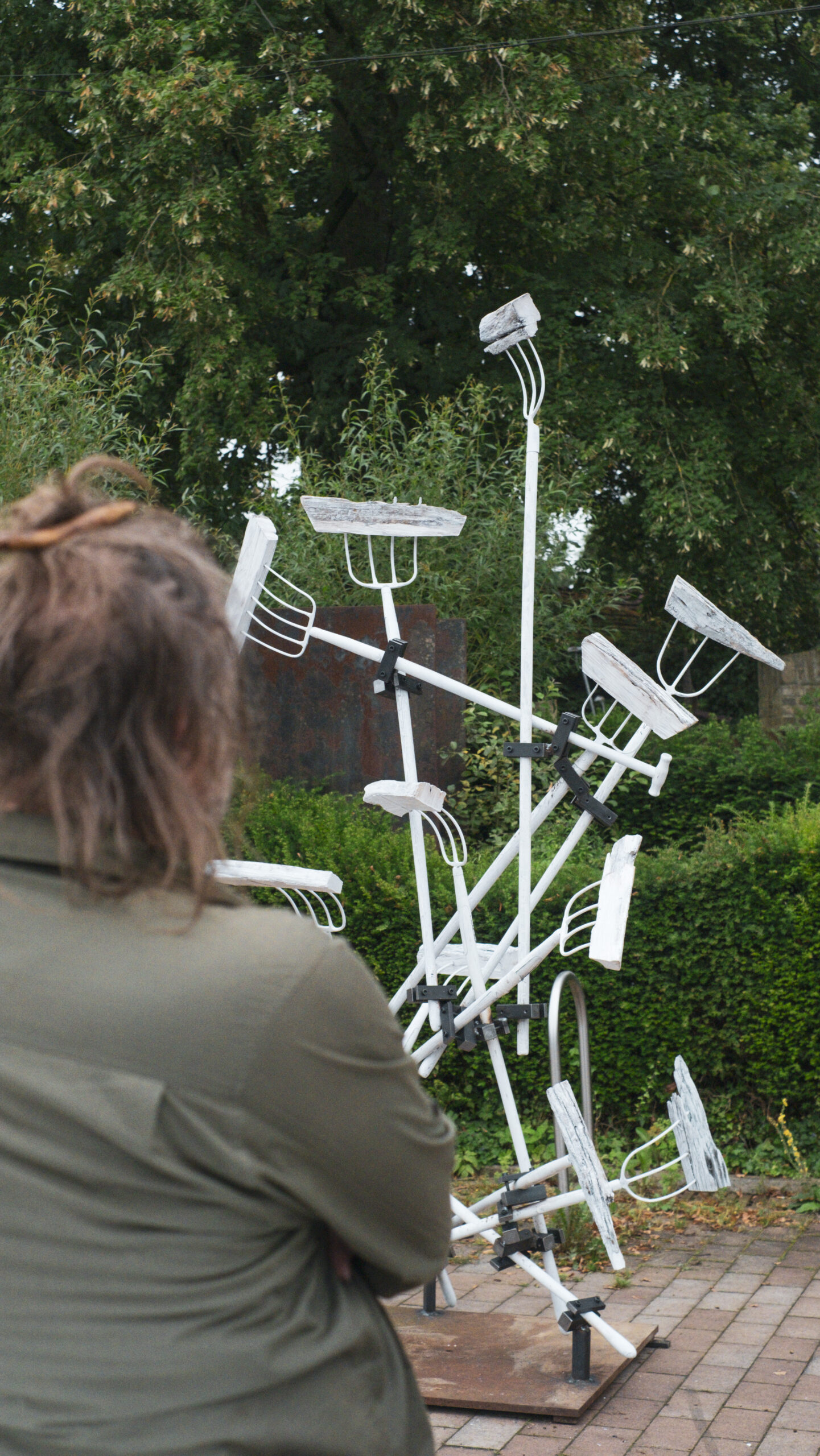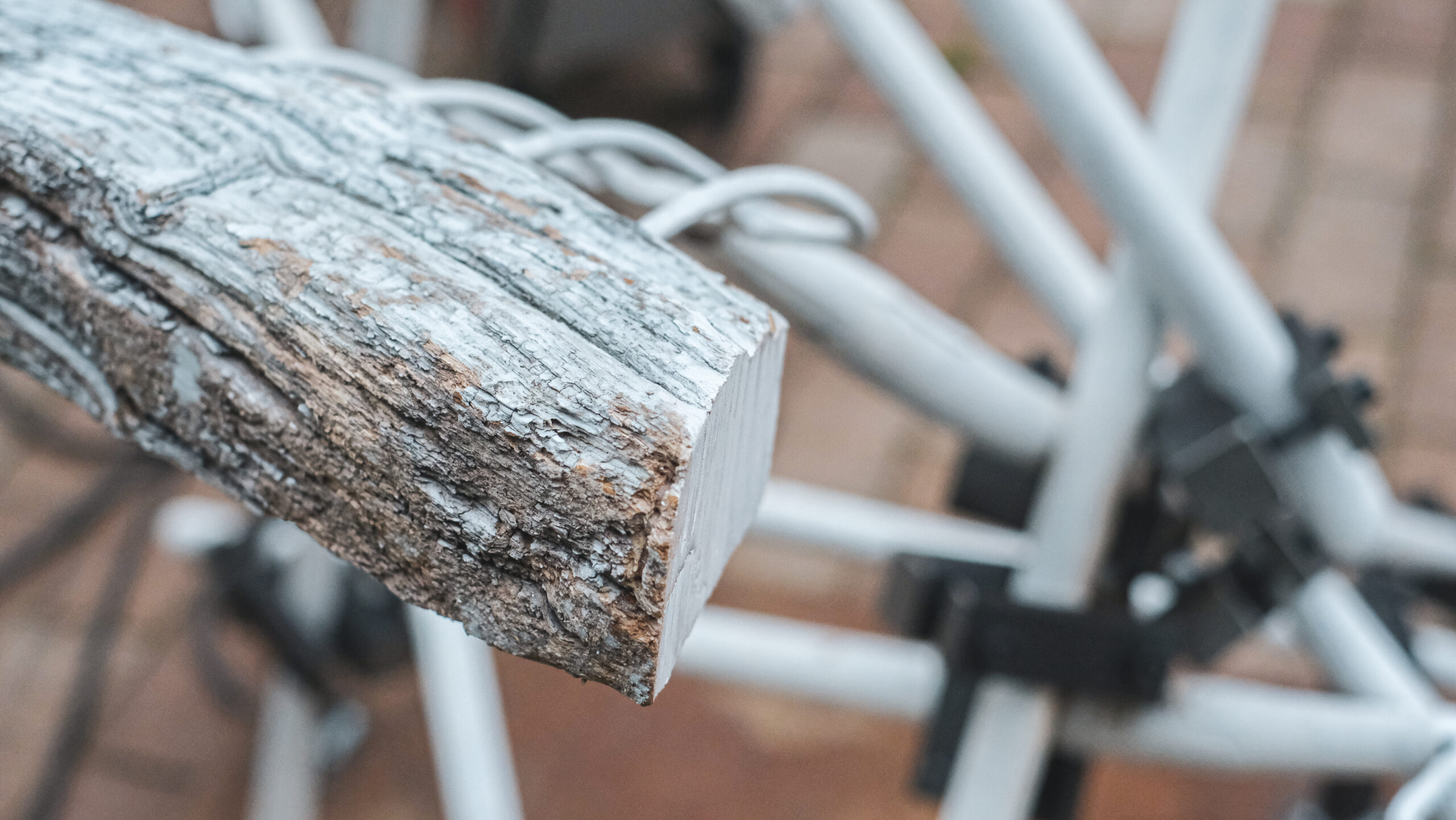pitchforks
for
peace
Warum die Heugabeln?
Die Heugabel
als Symbol
der Gegenwehr
Die größte menschliche Katastrophe des 30-Jährigen Krieges waren nicht die Toten auf den Schlachtfeldern, sondern die Toten bei Plünderungen, Brandschatzungen und Vergewaltigungen in der Zivilbevölkerung, durch Soldaten. Wenn überhaupt, konnte sich diese Bevölkerung, zumal auf dem Land, nur mit Gegenständen des Alltags wehren, nicht zuletzt Heugabeln. Heugabeln in der Landwirtschaft. Dass sie zu Waffen werden, geschieht nur in größter Not. Aber noch heute ist es wie damals: Auch der Hunger wird als Waffe eingesetzt. Der Krieg in der Ukraine hat den Hunger in den ärmsten Ländern der Erde so verschlimmert, dass es mittlerweile mehr Tote durch den Mangel an Lebensmitteln gibt als durch Kampfhandlungen auf dem Gefechtsfeld. Zugleich herrscht ein Krieg gegen das Klima, das durch die reichsten Länder der Erde massiv geschädigt wurde…
Die meisten Menschen, die durch dieses Verbrechen sterben, sterben in den ärmsten Ländern.
Die Heugabel ist bis heute in diesen Ländern oft das einzige Mittel, sich gegen die Gier der Machthabenden zur Wehr zu setzen – wenn Gegenwehr überhaupt möglich ist…
Wir in Europa stehen in der Pflicht, diesen Menschen zu helfen. Den Heugabeln, weiß angestrichen, über ihren Zinken ein 400 Jahre altes Stück Holz, ist die direkteWehrhaftigkeit genommen. Als Symbol der 375-jährigen Wiederkehr des Westfälischen Friedens über den Teil des Rathauses gelegt, in dem sich der Friedenssaal befindet, verbinden sie sich zu einem Netz des Friedens. Und das im 125 Jahrestag der Geburt von Erich Maria Remarque, des militanten Pazifisten. Wir brauchen eine wehrhafte pazifistische Demokratie, um den derzeitigen Krisen und Katastrophen entgegenzutreten.
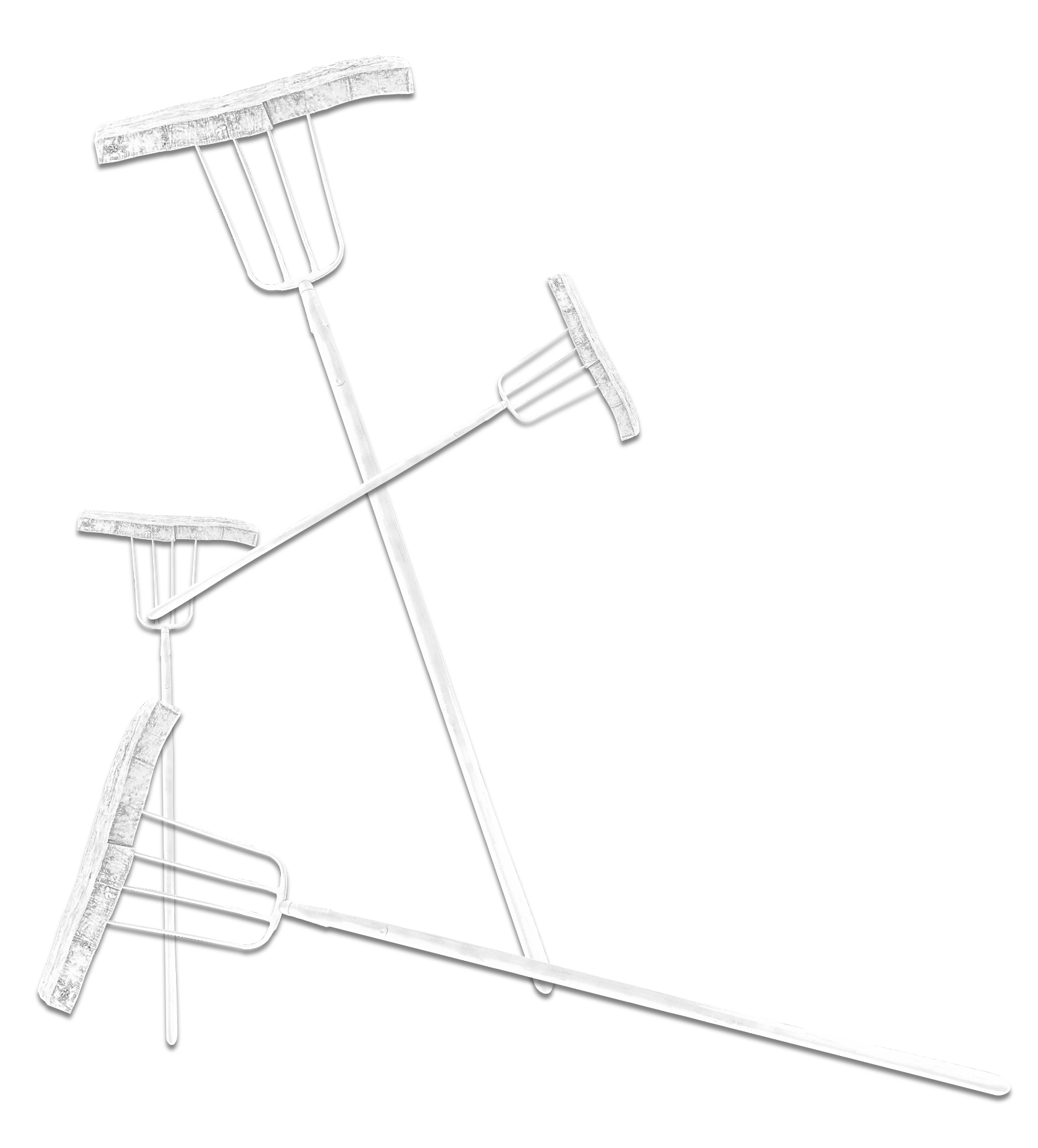
Über die Installation
Warum die
Heugabeln am
Osnabrücker
Rathaus?
Die umgestalteten Gabeln, in Verbindung mit dem Rathaus, stehen für den gesellschaftlichen Frieden, welcher sich an den Schwächsten orientiert.
In Zeiten von Flucht, Hunger, Angst und Ausgrenzung auf der Welt muss sich eine Gesellschaft bewusst gegen den evolutionären Gedanken des Siegs des Stärkeren entscheiden, der von immerwährendem Wachstum und vordergründigem Erfolg geprägt ist.
Nur im Zeichen dieser Solidarität wird ein gerechter Weltfriede möglich sein.
Das Rathaus stammt aus einer Zeit der politischen Macht der Eliten; heute ist es ein Ort demokratischer Prozesse.
Der Westfälische Frieden war ein Friedensschluss ohne Schuldzuweisungen. Mit dem Zeichen der Gabeln am Rathaus, dem Zeichen für das einfache Leben, in Verbindung mit demokratischen Prozessen, geht von Osnabrück eine Perspektive der nachhaltigen Veränderung aus.
Das Projekt unterstützen
Werden Sie Friedenbotschafter
Helfen Sie mir forx zu verbreiten, die Idee des friedlichen Miteinander der Zivilisation mit der Natur ins Gleichgewicht zu bringen.
1648 forx-Gabeln sind Teil des temporären Mahnmals am Rathaus in Osnabrück. 100 Euro kostet eine einzelne forx-Gabel.
Jede forx-Gabel ist ein signiertes und nummeriertes Unikat.
Auch individuelle Installationen, Mobiles, Wandobjekte aus drei, sechs, zwölf oder mehr forx-Gabeln für innen und außen können für Sie entstehen.
Ich würde mich sehr freuen, wenn Sie sich auch dann zu einer Spende für das Projekt „Liebe und Dankbarkeit“ entscheiden.
Konto: Sparkasse Osnabrück,
IBAN: DE 02 2655 0105 1648 1143 51
BIC: NOLADE22XXX
